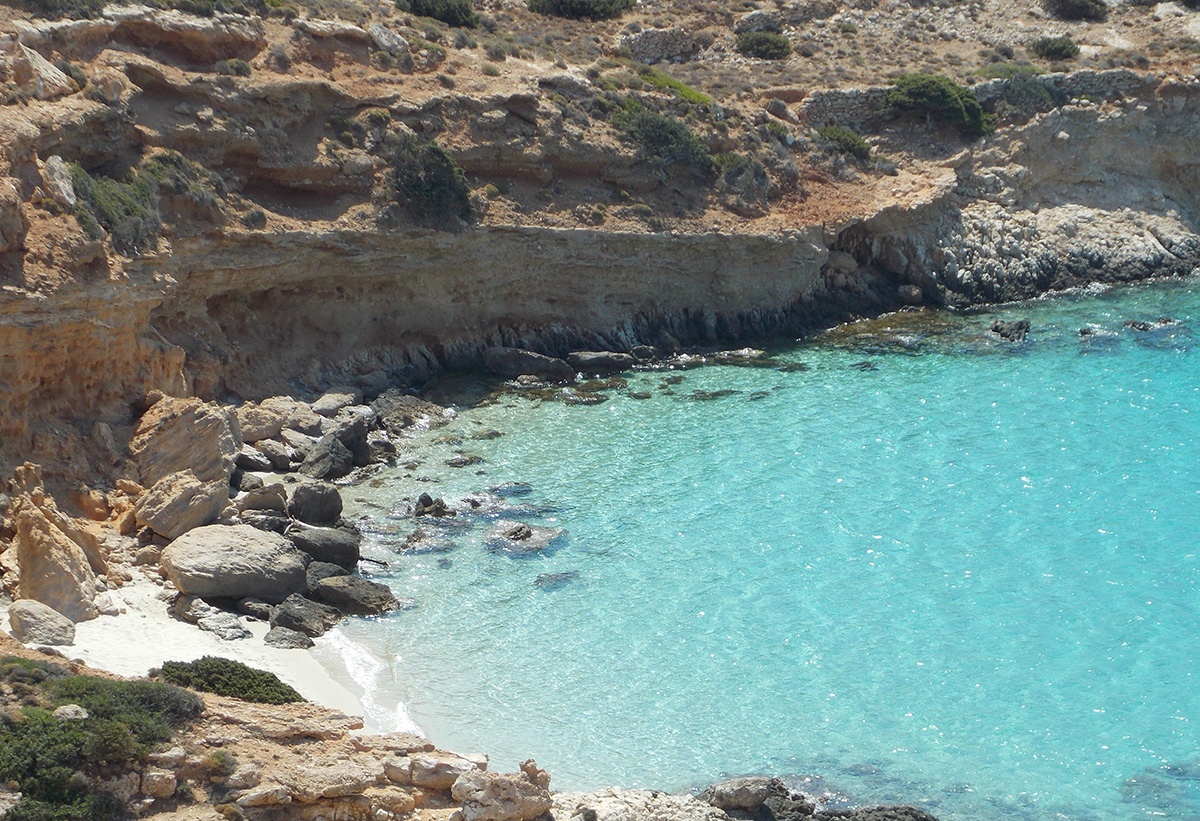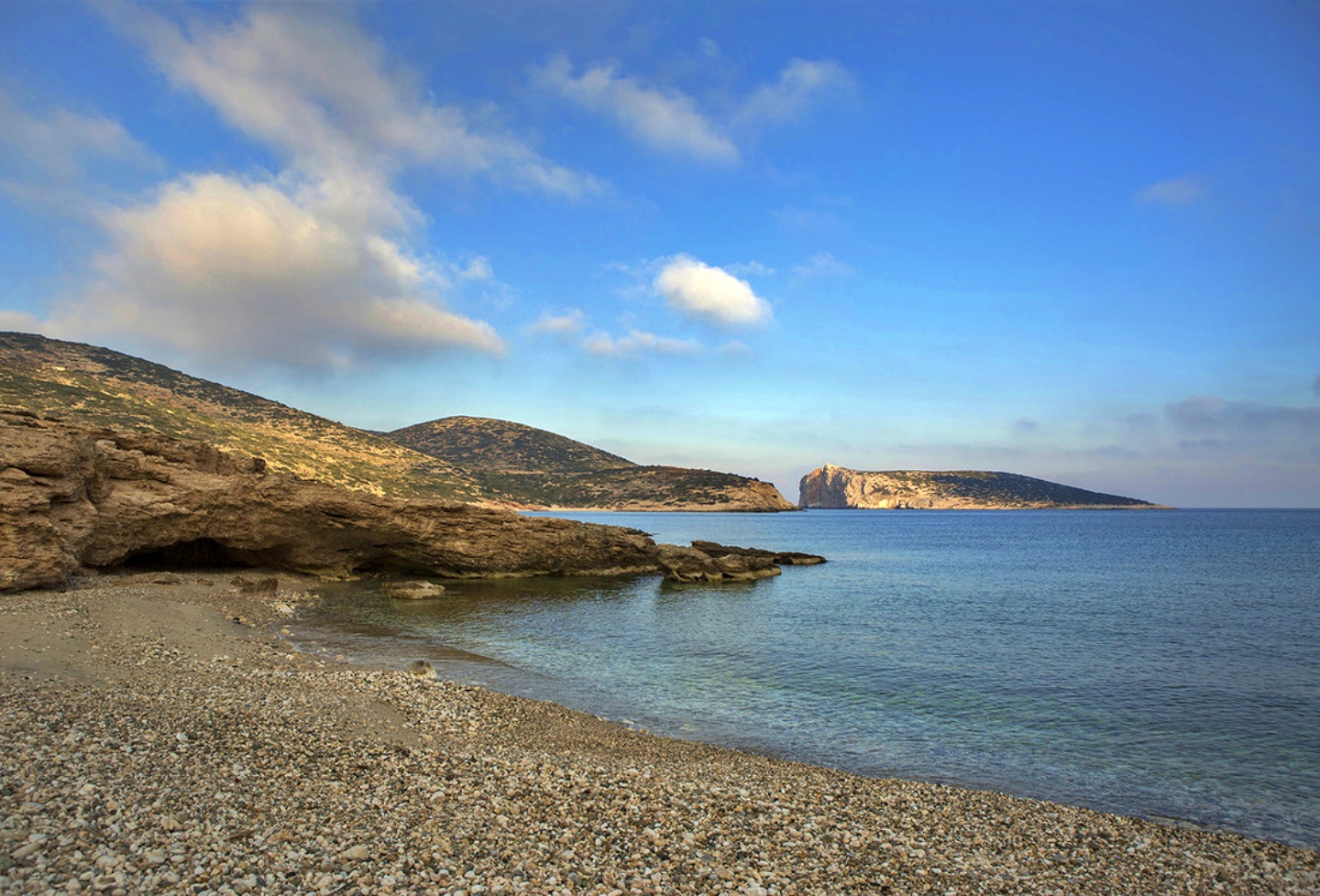
Close

It is said that in order to really learn a place, one has to walk it. So it seems that Donoussa wants you to become a walker and explorer. It will welcome you, however you come, but it is eager to reveal its world to you, through a fully signposted network of 5 trails of varying difficulty and a few other beautiful off-road routes. Get a hat, a bootle of water and off you go hiking!


It’s okay if you don’t want to walk and run, but you’re going to throw a dance, isn’t it? You will have many opportunities during the summer. The great festivals of the Virgin Mary on August 15 and the Cross on September 14, as well as our favorite of Hagia Sophia, in Mersini, on September 17, await you without much. The only necessary conditions are your good mood and your brightest smile. Dancing skills are superfluous.




The first beach you come across, before you even get off the boat. Within a five-minute walk, wherever you are inside the Stavros, it stands waiting for you to dive into the water, without a second thought. Waters to drink in the glass!
What is a 20 minute walk to one of the monumental beaches on the island? A historic beach, too. Walking down the beautiful, stone path that leads to devoutness, you can see the remains of the warship ‘Orion’, sunk during World War II. Mask, flippers and dive to explore. Above the beach, the homonymous shop offers plenty of shade, coffee, food and drinks.


Pebbles, serenity and turquoise waters. It stands under the half-ruined mill of Messaria 35 minutes after Kedros, through one of our most beautiful marked paths, number 4. The area hosts, after excavations, ruins of a settlement of the Geometric Period.
It has been jousting for years endlessly, with Kedros, for the award of the most beautiful beach and the edge has not yet come out. It spreads generously below Mersini and can be reached either through the marked path 3 or by sea. Just remember, have water and food with you.


Fykio is adjacent to Livadi. A beautiful sandy beach, which can only fit a handful of people, but loves to remove worries and anxieties, offering selflessly, tranquility and necessary deep breaths.
Sapounochoma, Vlycho, Tripiti. As if all of the above were not enough, the triptych of Kalotaritissa comes to give the final blow. Three small beaches that are can be seen exactly in the order listed above. The first two are so close together that swimming from one to the other seems like a piece of cake. They are both located in the village, while their sibling, Tripiti, is less than 10 minutes away.

And something for the end. It is indeed a blessing to have so many beautiful beaches on such a small island and it would undoubtedly be a shame to leave the island before knowing them all. But they will be waiting for you to meet again, always with the mutual promise that before you leave, you will protect them from personal waste, and they will make sure to return the favor to you, as only they know.

contact@restiadonoussa.gr
+30 6983 436065